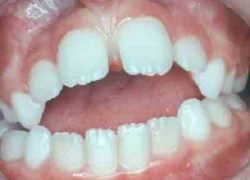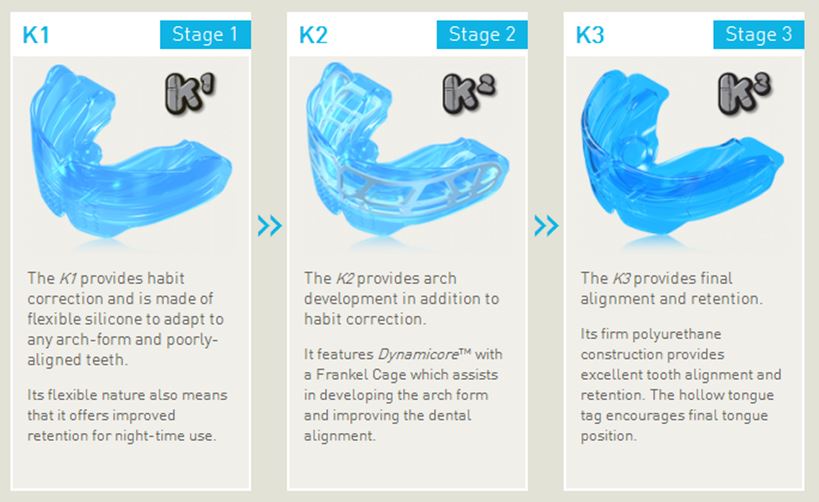Thumb sucking is a normal and comforting aspect of childhood. According to a recent report, 75%-95% of infants suck their thumb. In most cases there is no need to worry, however, it is important to pay attention to your child’s habits.

Thumb Sucking
It may be time to break the habitWhat Is Normal Thumb Sucking?
Most children begin sucking their thumb or finger within the womb. Sucking is a natural occurrence for an infant and it can provide a sense of security and contentment. It can help a child relax, which is why many children suck their thumbs as they fall asleep.
According to the American Dental Association, most children simply stop thumb sucking on their own between the ages of 2 & 4 years.
However, some children continue sucking beyond their adolescent years. The older a child gets, the less likely they are to stop on their own. If your child is still sucking when his/her permanent teeth start to erupt, it may be time to break the habit.
Do you have concerns about your child’s thumb sucking? Get in touch today,


What Signs Should I Watch For?
First, take note of how your child sucks his thumb.
If he/she sucks passively (or gently in his/her mouth), it is less likely to cause damage. If he/she is an aggressive thumb-sucker (placing pressure or suction on the mouth), this could cause problems with tooth alignment and proper mandibular growth.
Extended aggressive sucking affects both the teeth and the shape of the face. This may lead to a need for additional orthodontic treatment in the future. If at any time you suspect your child’s thumb sucking may be affecting his/her oral health, please don’t hesitate to contact us. We would be happy to help you assess the situation.


Drag the arrows < > to view before and after image


Drag the arrows < > to view before and after image
How Can I Help My Child Quit Thumb-Sucking?
Should you need to help your child end his/her habit, follow these guidelines:
- Be supportive and positive. Instead of pointing out the negative behaviour, praise your child when they are not sucking.
- Put an article of clothing on his/her thumb or a sock over his/her hand at night. Let your child know that this is not a punishment; it is just a way to help him/her remember to avoid sucking.
- Create a progress chart and let him/her put a sticker up every day that he/she doesn’t suck his/her thumb. Create a reward system that rewards your child for making it through a week and then a month without thumb sucking. Making your child an active participant in his/her treatment will increase his/her willingness to break the habit.
- If you notice your child sucking when he’s anxious, work on alleviating his/her anxiety rather than focusing on the negative habit.
- Be cognizant
- of when your child tends to suck and create diversions during these occasions.
Whatever your method of choice is, remember that your child needs your support and understanding during the process of breaking a habit.
Myo-functional trainers
Trainers are simple-to-use removable appliances designed specifically to correct poor oral habits such as:
- Thumb / finger sucking or pacifier habits beyond the age of 5
- Tongue Thrust – Tongue sitting forward between the teeth
- Reverse swallowing- Tongue pushing forward against the front teeth when swallowing
- Lip biting – lower lip resting behind the top front teeth
- Strong chin muscle
- Grinding or clenching of teeth
- Mouth breathing or snoring at night
Correcting these habits early allows the teeth and the jaws to develop correctly and avoids difficult problems and complex orthodontic/ surgical treatment later on in life.
Trainers are most effective after a child’s permanent front teeth have come through and before all the permanent teeth have erupted (Age 6-10 years old is the ideal age to use them).

Whatever your method of choice is, remember that your child needs your support and understanding during the process of breaking a habit.

In summary, mouth breathing is one of the most important and yet frequently ignored problems we see in growing children. The earlier this problem is discovered and addressed, ideally at age 7-9, the shorter and less complex any treatment will be as we will deal with the effects of mouth breathing early before they fully manifest themselves.
Its negative effects on facial and dental development and the medical and social problems associated with it can be greatly reduced or avoided.
Once we establish natural nasal breathing we see improvements not only in the mouth at the level of jaws and teeth, but in the general health, the entire body and posture.